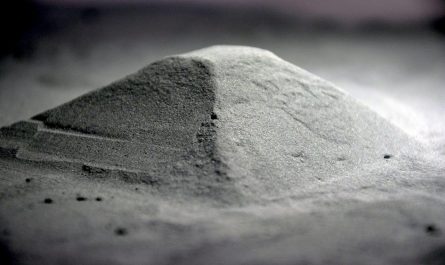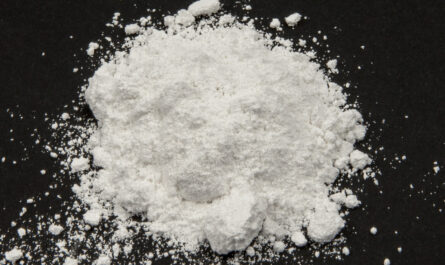Sulfone Polymers: Thermally Stable High-Performance Engineering Plastics
Introduction to Sulfone Polymers
Sulfone polymers are a class of thermoplastic engineering polymers that contain sulfone groups (—SO2—) as part of their backbone structure. They are known for their excellent thermal stability, chemical resistance, and mechanical properties. Some key sulfone polymers include polysulfone (PSU), polyethersulfone (PES), and polyphenylsulfone (PPSU).
Thermal and Chemical Properties
One of the main advantages of sulfone polymers is their high thermal stability. They have continuous use temperatures ranging from 170°C to 200°C. Short-term exposures at even higher temperatures up to 250°C are also possible without significant loss of properties. This makes them suitable for applications requiring autoclave sterilization or use in under-the-hood automotive components.
Sulfone polymers also demonstrate excellent resistance to a wide range of chemicals including solvents, acids, bases, and oils. They are unaffected by common hydrocarbon solvents like ethers, ketones, and aliphatic hydrocarbons. Concentrated acids and bases that dissolve other engineering plastics like polyamides have little effect on sulfone polymers. Their chemical structure gives them exceptional performance in environments containing aggressive chemicals.
Mechanical Properties
In terms of mechanical properties, sulfone polymers possess high strength, stiffness, and toughness. They have tensile strengths ranging from 60-100 MPa depending on the grade. Flexural moduli are typically around 2.5-3.5 GPa, providing rigidity. Impact strengths, as measured by Izod or Charpy testing, are also good at 15-60 kJ/m2. This makes sulfone polymers suitable for demanding load-bearing applications.
Their mechanical properties are generally retained even after long-term use at elevated temperatures, unlike some competitor materials that undergo property degradation over time under heat exposure. This stable mechanical performance is a result of the rigid main chain structure and high glass transition temperatures (Tg) in the range of 180-230°C.
Electrical Properties
Sulfone polymers also demonstrate useful electrical properties. They are classified as thermoplastic insulators with excellent dielectric properties. Volume resistivities are around 1014 Ω-cm, making them suitable for electrical insulation applications. Related properties like dielectric constant and dissipation factor are also favorable compared to alternatives like polysulfides and polyamides. Their self-extinguishing qualities give sulfone polymers a higher fire safety rating.
Processing and Applications
The main processing methods used for sulfone polymers are injection molding, extrusion, thermoforming, and machining. Their melt processability is generally good with melt flow indexes between 2-30 g/10 min depending on the specific grade and additives. Transition temperatures below the thermal degradation point allow for processing above 300°C if desired.
Common applications of sulfone polymers include:
– Healthcare equipment like dialyzers, transfusion devices, and surgical instruments where heat resistance and chemical inertness are vital.
– Electrical and electronics components such as connectors, switches, and relays benefiting from dielectric strength.
– Automotive items like under-hood components and sensors operating near hot engine components.
– Filtration systems and separation membranes utilized in industries like water treatment.
– Industrial equipment parts and housings handling chemically aggressive substances.
Grades and Modifications
Different grades of sulfone polymers exist tailored for specific requirements. Additives are also employed to enhance distinct properties or modify characteristics like color, flame retardancy, and impact strength. Common modifications include reinforcing with glass fibers or minerals to boost stiffness, blending with elastomers for improved toughness, and filling with carbon fibers for higher strength and stiffness. Masterbatch color concentrates provide opportunities for custom color matching.
Cost Considerations
While the thermal stability and chemical resistance of sulfone polymers are superior to alternative plastics, their cost is generally higher as well. Raw material costs per pound tend to be higher than engineering thermoplastics like PEEK and nylon. Specific costs will depend on the volume required and processing complexities. However, their durability and reliability allow for cost-effective long-term performance in demanding environments where maintenance or replacement costs of lower-cost materials are higher.
Conclusion
In summary, sulfone polymers have long been valued for their exceptional thermal and chemical resistance properties. Their ability to retain strength over broad temperature ranges and in aggressive chemical environments also makes them attractive candidates for numerous engineering applications. Continuous development efforts aim to further enhance properties while reducing costs. Overall, sulfone polymers remain an important class of high-performance thermoplastics filling specialized needs across various industries.




